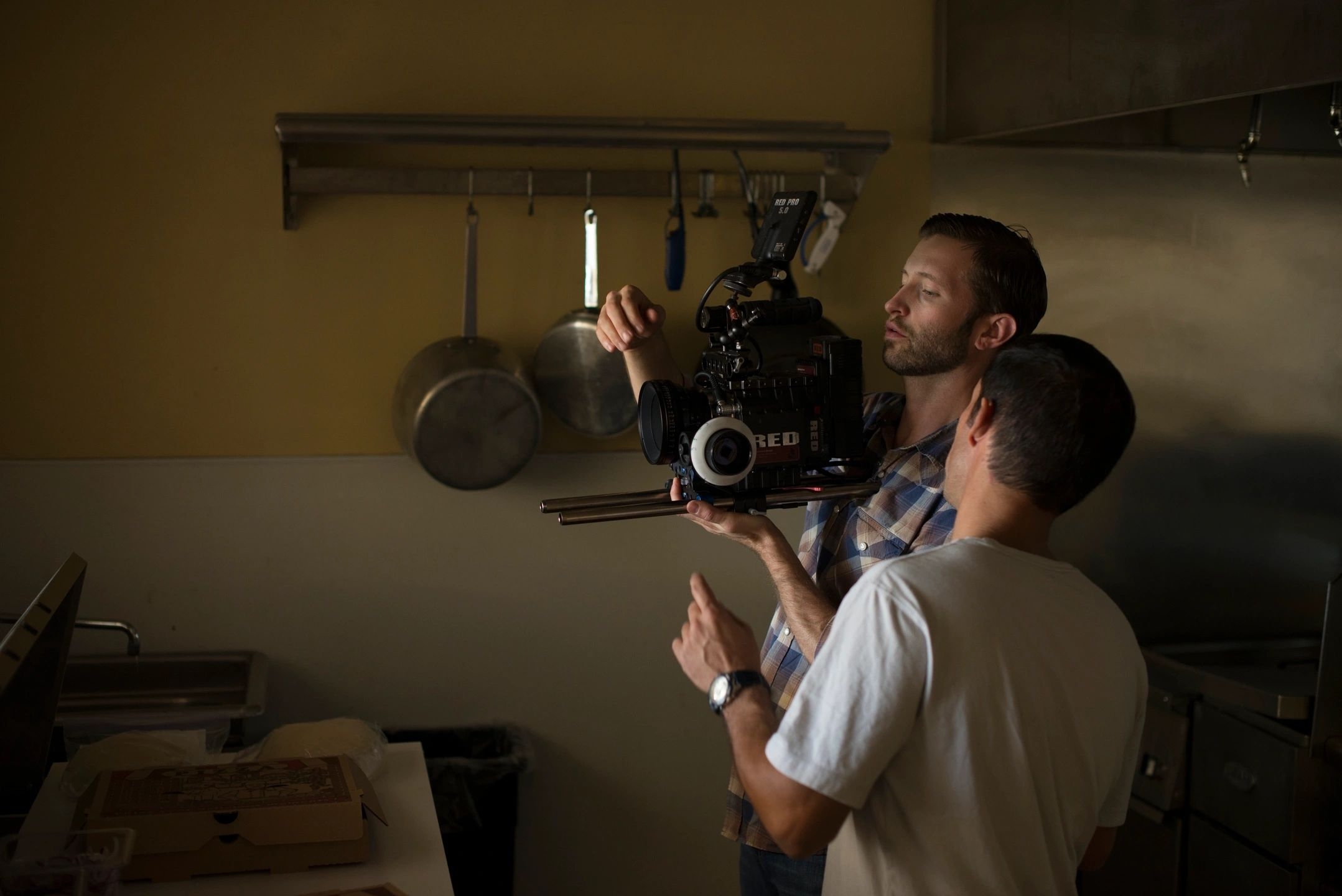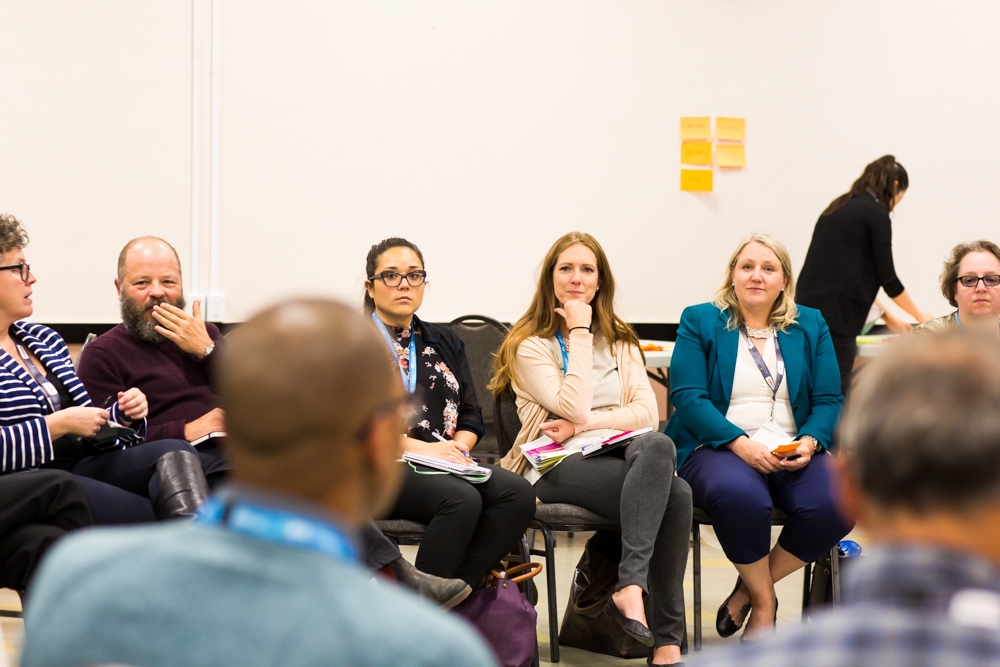It has been a busy 18 months at the Trico Foundation as we have been working with organizations to test and pilot our A.S.E.S.S. worksheets. While we continue to learn something new every day, our team is at the point that we want to share where we are at with a wider audience, get feedback, and learn with you on your social enterprise journey.
Therefore we are pleased to announce the first iteration of our social enterprise capacity building workshop series designed for organizations either developing or scaling their social enterprise *. These workshops have been developed to address a number of key challenges organizations face as they build and scale their social ventures.









